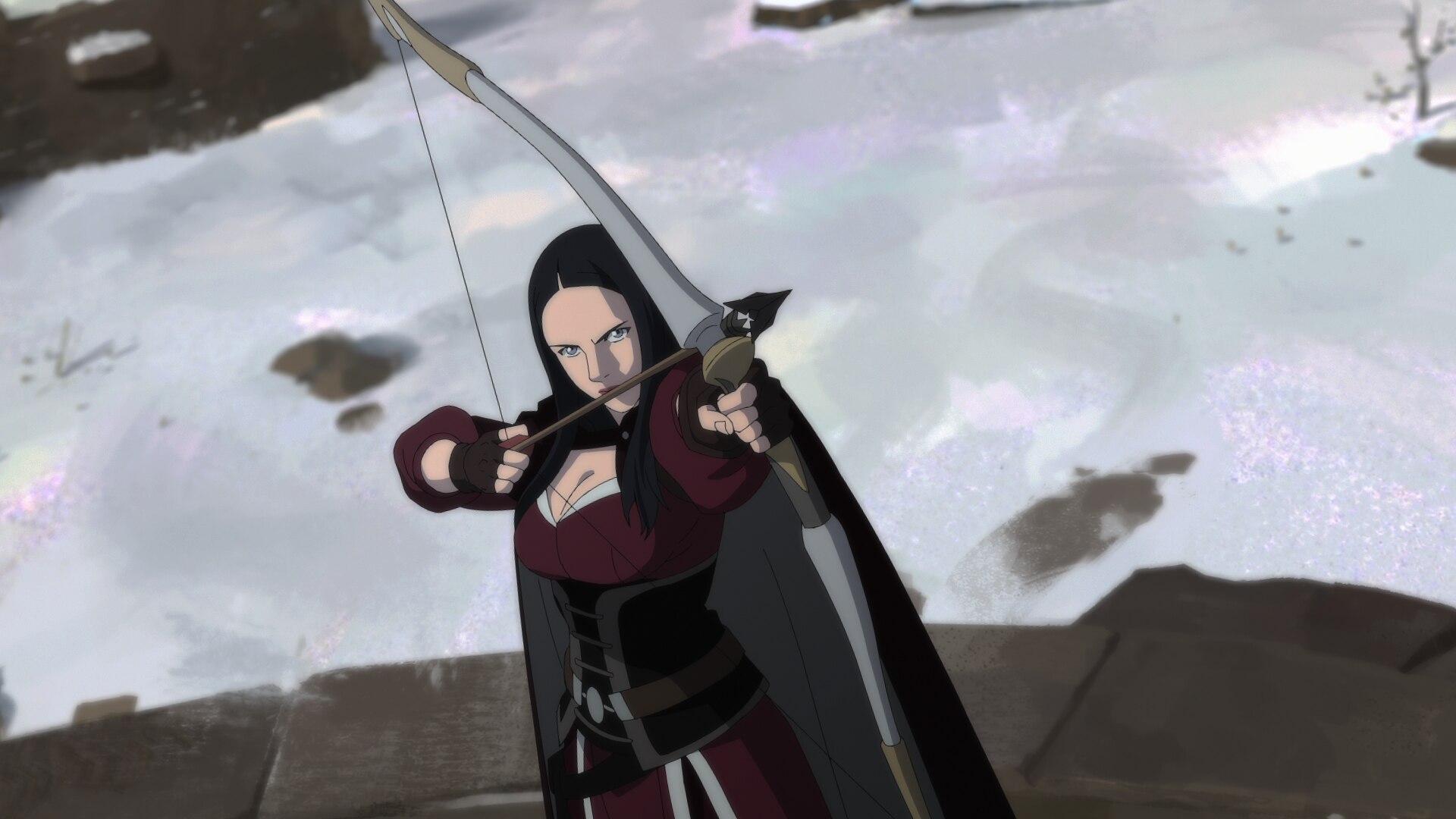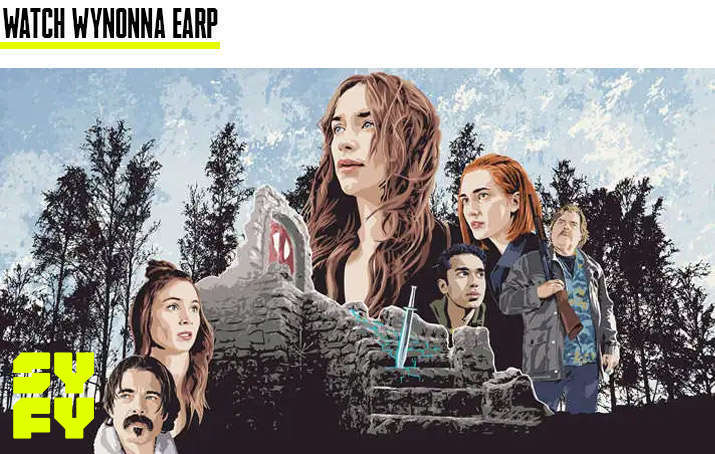Create a free profile to get unlimited access to exclusive videos, sweepstakes, and more!
The Witcher: Nightmare of the Wolf creators say the anime 'fills in areas of lore'

Season 2 of The Witcher will premiere on Netflix this December, but before fans get to see what happens next to Geralt, Yennifer, and Ciri, an anime movie will take them back hundreds of years before the events of the live-action show. The Witcher: Nightmare of the Wolf serves as a prequel to the show, and while both the series and the anime stand up on their own, watching either will greatly enhance your appreciation of the other.
"This anime was created as a tool to expand the drama series Witcher's universe," Kwang Il Han, Nightmare of the Wolf's director and co-executive producer, tells SYFY WIRE through an interpreter. "So if you watch Nightmare of the Wolf and then watch the drama series afterward, that will definitely help your understanding."
"I think just by virtue of certain things I was allowed to explore in the anime that would have been spoiled otherwise in Season 1, there's an enrichment that occurs in Season 1 if you watch the anime before," agrees writer and producer Beau DeMayo.
Nightmare of the Wolf tells the story of Vesemir, a character fans of the Witcher books and games know as Geralt's father-figure. However, in the anime, he's not an old, grizzled, veteran Witcher. Instead, Vesemir is hot, and the Witcher organization is much more robust than it is in the live-action series' present-day. The movie shows how Vesemir became a Witcher, and it shows the Witchers' morally gray downfall. Ultimately, his swashbuckling attitude comes into conflict with the complex reality of what both Vesemir's bosses and the people he's ostensibly serving are really after.
"The Witcher is a morality tale," DeMayo says. "So if there were clean answers for Vesemir I think it would do a disservice to what The Witcher is. 'What is right, what is wrong when you're presented with two choices that are not ideal?' Obviously [in the movie], we amp that question up to a ridiculous degree where the consequences of the choices that our characters are making have serious, serious, serious, devastating effects on the continent as a whole."
The events of Nightmare of the Wolf have been alluded to in Andrzej Sapkowski's original books and the popular Witcher video game adaptations, but the anime really expands upon that backstory in a way that, DeMayo says, does more than simply adhere to canon.
"If anything, I think what the anime allowed us to do was to go into the books and fill in areas of the lore that, as a fan, I was curious about ever since I played the first Witcher game and read the first book," he says. " I think audiences that watch the live-action series are curious about too."
The anime also brings The Witcher to a new medium — something that was largely a great opportunity but wasn't without its challenges. The live-action show has some great, dynamic fight scenes, but anime, because it's entirely animated and easily lends itself to incredible, exaggerated, and stylized action sequences, can really go wild when it comes to monster-fighting. The fights in Nightmare of the Wolf are brutal and beautiful, but Han, who works for the Korean animation company Studio MIR, admits that they had to make sure not to get too exaggerated, less they fully break from the "reality" of the live-action series.
"The drama series has shown excellent action, and in the anime, the movements and the details are acted out on a frame-by-frame basis, so you can put in a lot more detail than the live-action series," Han explains. "There was some balancing that took place between the live-action series and the animated film. Some of the artists were quite exaggerated in their action sequences and there were some cases where we had to tone it down a bit to balance it out."
Despite this consideration, Nightmare of the Wolf's action scenes don't look like they're being held back — though DeMayo says he stressed, from the beginning, that part of animation's strength as a medium is that it doesn't need to be all action, all of the time.
"We can have 30 minutes of no action, and it's just dramatic scenes of characters talking in courtrooms and bars. Anime does that and it does that very very well and unapologetically," DeMayo says. "But then, when we turn on the magic and the action, what does it look like?"
It looks pretty cool, as it turns out, and one of the benefits of not having your action constrained by the limits of reality is that you don't have to deal with reality.
"We don't have to worry about hurting an actor or putting a crew through misery to go do an action sequence," Demayo says.
"One of the things that I really wanted to do was actually use anime's kinetic action platform to really deliver an experience that you're not going to get in the live-action series," he continues. "I want to see what the combat looks like and what The Witcher world looks like when you take the rules of anime and the freedoms and the lack of limitations of anime and say, 'let's go crazy.' Let's not get so ridiculous that we're going to the point of parody or caricature, but really let's take our gloves off."
In other words, don't expect Vesemir to go Super Saiyan and start flying around all willy nilly. Do, however, expect him to dart up trees, jump, and swing his sword in ways that would surely break a mere mortal like Henry Cavill — not to mention any poor camera person trying to keep up with the action.
The Witcher: Nightmare of the Wolf premieres on Netflix on Aug. 23.



























